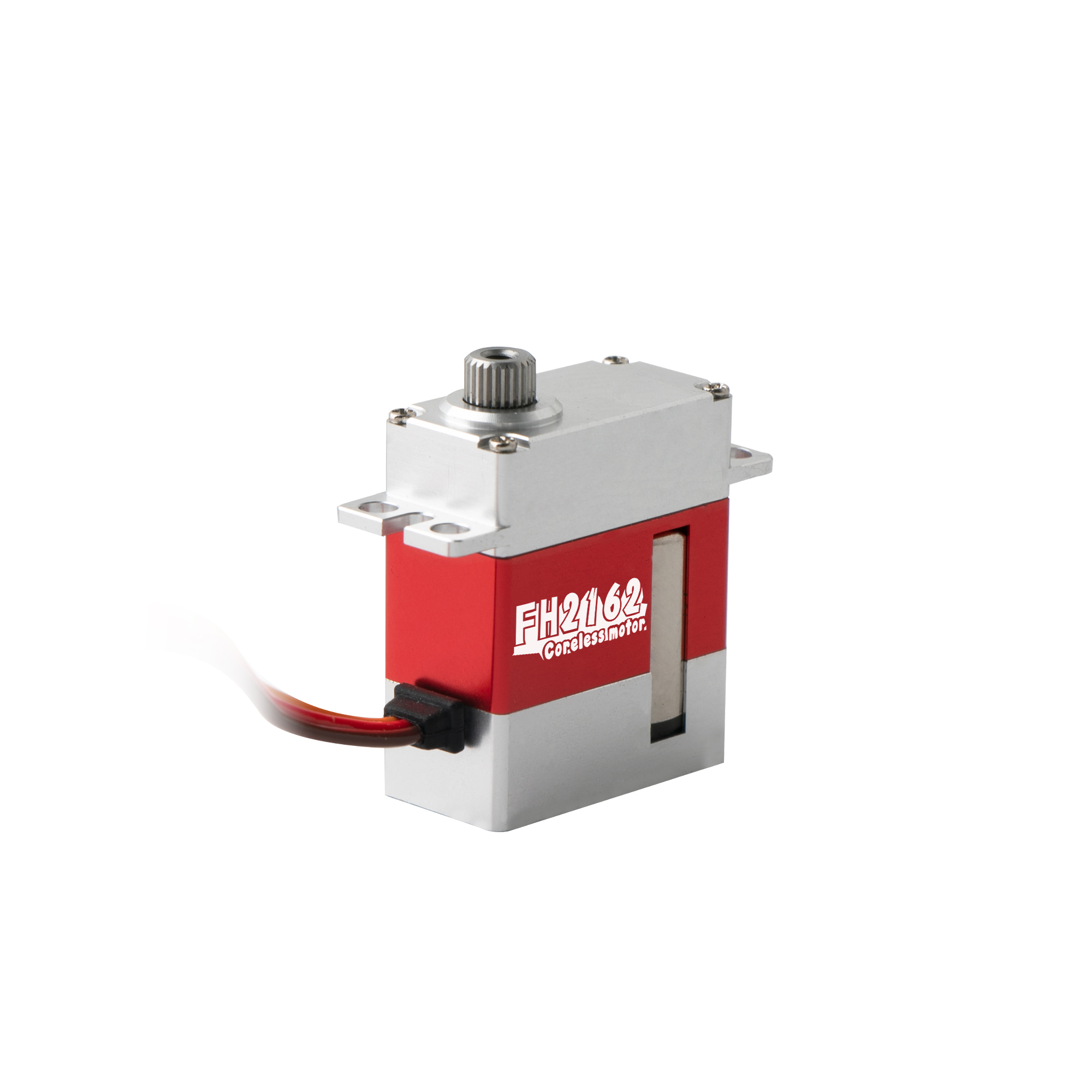Features and aspects associated with micro servos
2024-02-22
A micro servo is a small and lightweight electromechanical device designed for precise control of angular or linear motion. Servos are commonly used in various applications, including radio-controlled models, robotics, and other projects that require accurate and controlled movement. Here are key features and aspects associated with micro servos:
1. Compact Size:
- Micro servos are characterized by their small and compact size, making them suitable for applications where space is limited or weight is a critical factor.
2. Lightweight:
- Due to their compact design, micro servos are lightweight, making them ideal for use in small-scale projects, such as micro RC airplanes, drones, or miniature robotic systems.
3. Servo Motor:
- Micro servos contain a small electric motor, typically a brushed DC motor, that drives the mechanism. The motor's rotation is converted into controlled motion through gears.
4. Gear Reduction System:
- To achieve precise control and enhance torque, micro servos incorporate a gear reduction system. This system reduces the high-speed rotation of the motor to a slower, more controllable output at the servo arm.
5. Control Electronics:
- Micro servos include control electronics, such as a feedback potentiometer, that provide information about the current position of the servo arm. This feedback loop allows the servo to adjust its position to the desired angle.
6. Positioning Accuracy:
- Micro servos are known for their high positioning accuracy. They can accurately hold and maintain a specific angle or position based on the control signals they receive.
7. Control Signals:
- Micro servos are typically controlled using pulse-width modulation (PWM) signals. The width of the PWM signal pulse determines the position of the servo arm, allowing for precise and proportional control.
8. Voltage and Power Requirements:
- Micro servos commonly operate on low voltages, typically in the range of 4.8V to 6V. They are designed to be compatible with common battery packs used in hobbyist and small-scale electronics projects.
9. Applications:
- Micro servos find applications in a wide range of projects, including model airplanes, helicopters, cars, boats, robotics, animatronics, and other DIY projects where precise motion control is needed.
10. Torque:
- While micro servos provide sufficient torque for their size, they may not have the same torque capabilities as larger standard-sized servos. Torque is a consideration when choosing a micro servo for a specific application.
11. Materials and Construction:
- Micro servos are often constructed with plastic or lightweight materials to maintain their small size and minimize weight.
12. Quick Response Time:
- Micro servos are designed for quick response times, allowing them to move rapidly and responsively to changes in the control signal.
13. Affordability:
- Micro servos are generally affordable, making them accessible for hobbyists, students, and enthusiasts working on small-scale projects.
Micro servos are versatile components that provide precise motion control in miniature applications. When selecting a micro servo, it's essential to consider factors such as size, torque, speed, and compatibility with the specific requirements of the project at hand.



